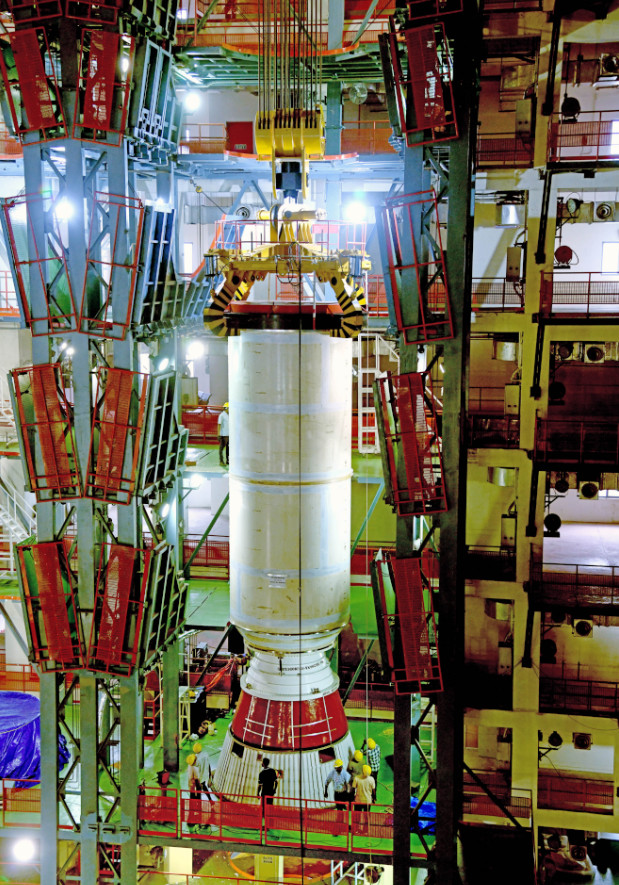
Solar flare from our sun, from September 2005, captured in the X-ray waveband by NASA's TRACE satellite. Photo: NASA/LMSAL.
WASHINGTON (PTI): Scientists have developed a new method to predict solar flares more than a day before they occur, providing advance warning to protect satellites, power grids and astronauts from potentially dangerous radiation.
Researchers from the US have developed a system which works by measuring differences in gamma radiation emitted when atoms in radioactive elements "decay" or lose energy.
The new detection technique is based on a hypothesis that radioactive decay rates are influenced by solar activity, possibly streams of subatomic particles called solar neutrinos.
"This influence can wax and wane due to seasonal changes in Earth's distance from the Sun and also during solar flares, according to the hypothesis, which is supported with data published in a dozen research papers since it was proposed in 2006," Ephraim Fischbach, a Purdue University professor of physics said.
A solar flare is a sudden brightening observed over the Sun's surface or the solar limb, which is interpreted as a large energy release.
Fischbach and Jere Jenkins, a nuclear engineer and director of radiation laboratories in the School of Nuclear Engineering, are leading the research to study the phenomenon and possibly develop a new warning system.
Jenkins, monitoring a detector in his lab in 2006, discovered that the decay rate of a radioactive sample changed slightly beginning 39 hours before a large solar flare.
"It's the first time the same isotope has been used in two different experiments at two different labs, and it showed basically the same effect," Fischbach said in a statement.
Data was recorded during routine weekly calibration of an instrument used for radiological safety at Ohio State's research reactor.
Findings showed a clear annual variation in the decay rate of a radioactive isotope called chlorine 36, with the highest rate in January and February and the lowest rate in July and August, over a period from July 2005 to June 2011.
The findings agree with data previously collected at the Brookhaven National Laboratory regarding the decay rate of chlorine 36; changes in the decay rate were found to match changes in the Earth-Sun distance and Earth's exposure to different parts of the Sun itself.
Large solar flares may produce a "coronal mass ejection" of highly energetic particles, which can interact with Earth's magnetosphere, triggering geomagnetic storms that sometimes knock out power.
Researchers have recorded data during 10 solar flares since 2006, seeing the same pattern.
"We have repeatedly seen a precursor signal preceding a solar flare. We think this has predictive value," Fischbach said.
The study was published in the journal Astroparticle Physics.
 Previous Article
Previous Article Next Article
Next Article











The Indian Air Force, in its flight trials evaluation report submitted before the Defence Ministry l..
view articleAn insight into the Medium Multi-Role Combat Aircraft competition...
view articleSky enthusiasts can now spot the International Space Station (ISS) commanded by Indian-American astr..
view article